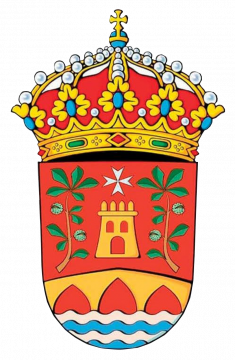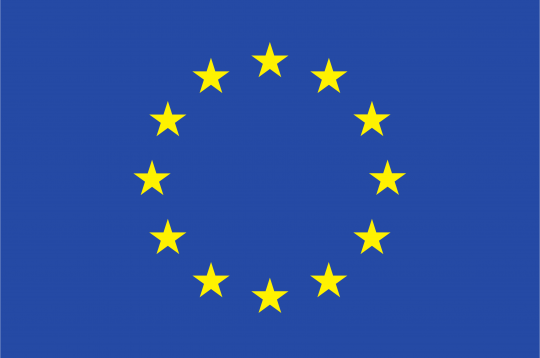EUROPEAN CELTIC ROOTS
| celtic heritage in europe | Project ID: 101157828 | cerv - 2023 - citizens - town - tt
Sabrosa
Sabrosa is a municipality located within the Alto Douro Wine Region, which was classified by UNESCO as a World Heritage Site under the category of “Cultural Landscapes” on December 14, 2001, and is also part of the Douro Demarcated Region, the world's first demarcated and regulated wine region.
Sabrosa covers a total area of 156.92 km² and has a population of approximately 5,548 inhabitants according to the 2021 census, resulting in a population density of 35 inhabitants per km². The municipality consists of 12 parishes and is bordered to the north by the municipality of Vila Pouca de Aguiar, to the east by the municipality of Alijó, to the southeast by the municipality of São João da Pesqueira, to the south by the municipalities of Tabuaço and Armamar, and to the west by the municipalities of Peso da Régua and Vila Real.
Of all the parishes in the municipality, only Parada do Pinhão, São Lourenço de Ribapinhão, and Torre do Pinhão are not included in the Douro Demarcated Region.
Sabrosa has strong ties with Europe, particularly with France and Spain, maintaining twinning relationships with the towns of Cadaujac, a wine-producing area, and Guetaria, the birthplace of Juan Sebastián Elcano, who completed Ferdinand Magellan’s circumnavigation voyage. Because Sabrosa is traditionally considered the birthplace of Ferdinand Magellan, it has also developed close relationships with the Philippines, Chile, Argentina, and Brazil, helping to promote this municipality, the Douro, and Portugal on a global scale.
Sabrosa boasts a vast cultural, archaeological, and natural heritage. Notably, it is home to ancient hill forts or castles from the Celtic, Bronze Age, and Iron Age periods, Roman occupation sites, and even earlier Neolithic settlements, which are most visibly represented by the large dolmens in the north of the municipality and the small schist tombs in the south.
The municipality is naturally part of the broader context of protohistoric occupations originating from central Europe, evident in various artifacts and archaeological objects such as the gold earring from Bouça, the stone falcata from the Castro de Sabrosa, among many other artifacts.








